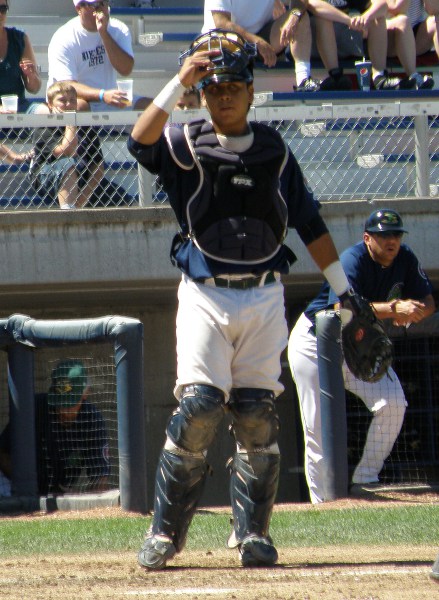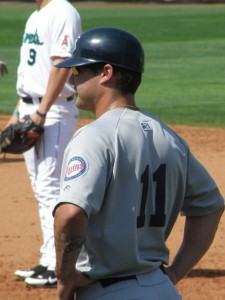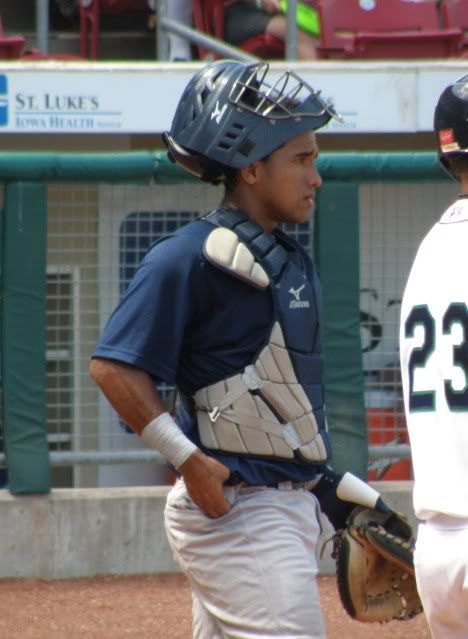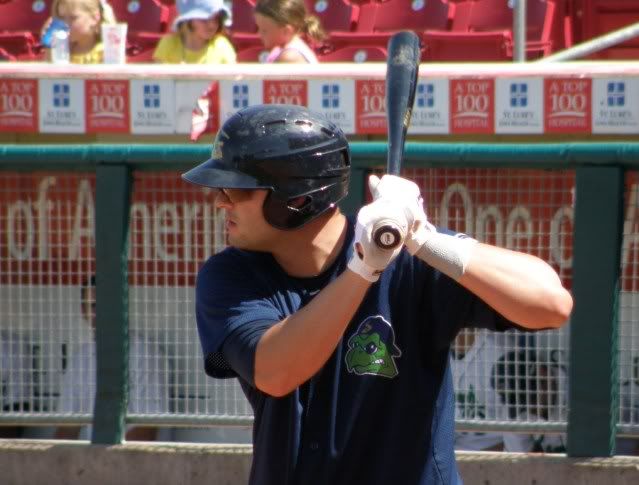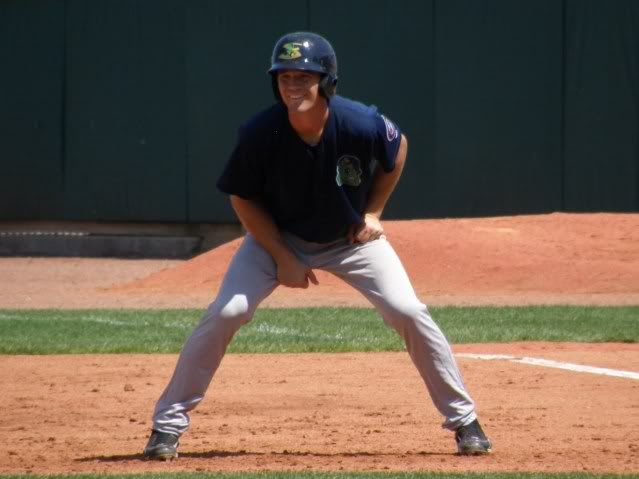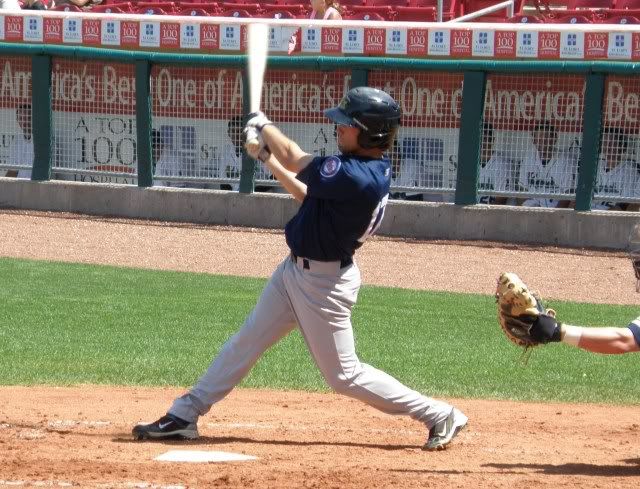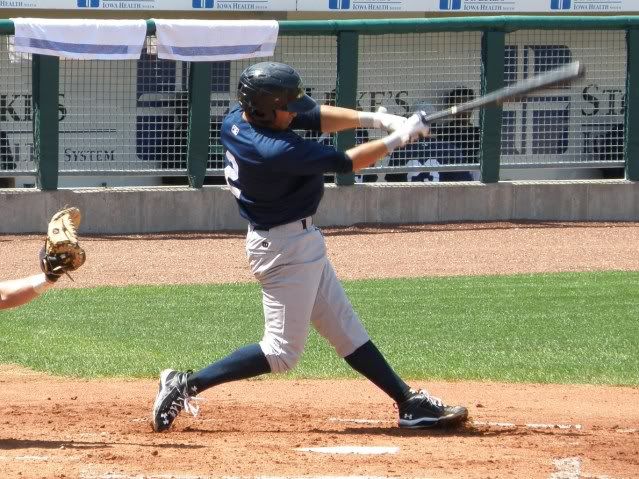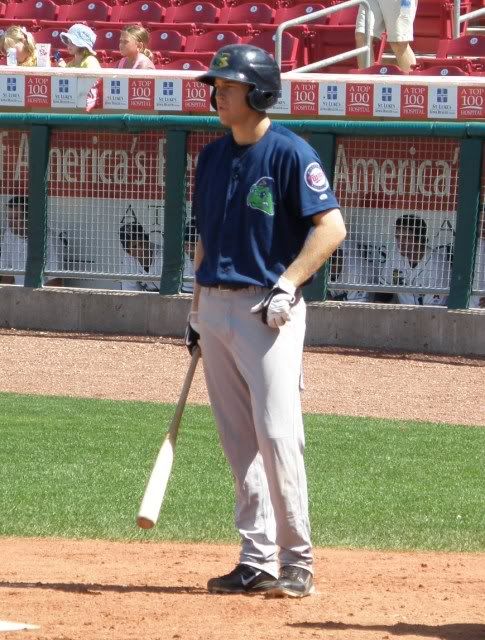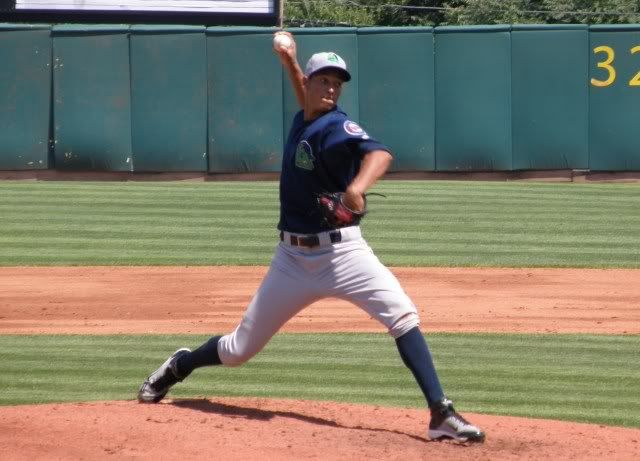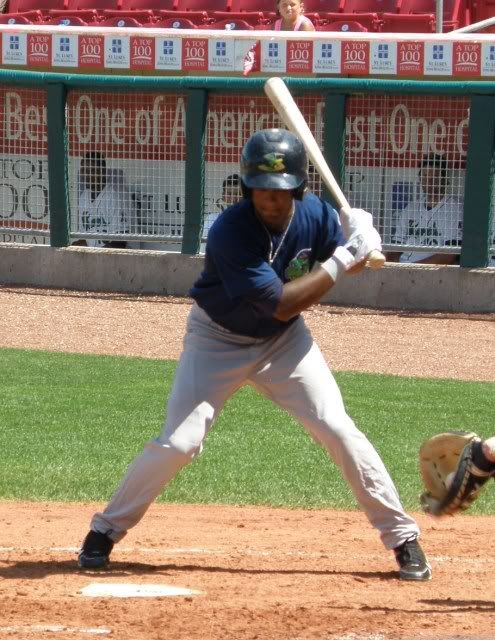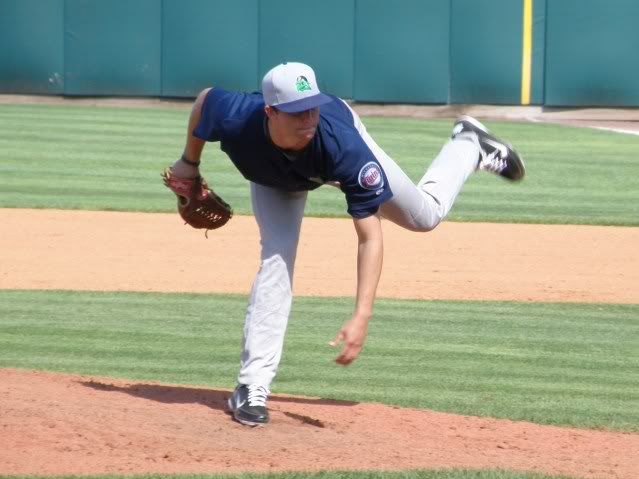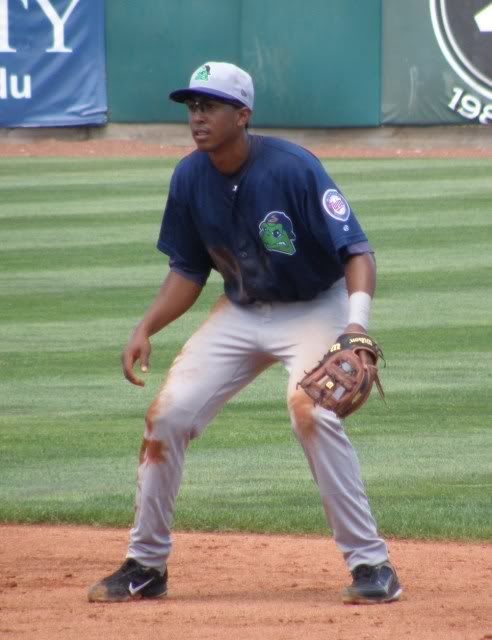Hall of Famer Paul Molitor was in Cedar Rapids over the course of most of the past homestand in his capacity with the Twins organization.
Molitor was gracious enough to answer some questions last Thursday, the first day of his stay in Cedar Rapids, as well as a few follow-up questions Monday afternoon after the final game of the Kernels’ homestand.
I used several excerpts from the Thursday interview in an article posted at MetroSportsReport.com last week, but there was so much good material that I couldn’t fit in to that article. So, I’m sharing all of Molitor’s comments here.
First off, I asked Molitor to describe his formal role these days with the Twins organization.
Molitor: Titles are overrated a little bit. Technically, part of the player development team. I’m the Minor League Coordinator for Baserunning and Infield Play. It’s an opportunity for me to travel around the system and help try to teach, along with the staff on each club and I do focus on those two areas but invariably get involved with some of the hitting aspects.
Our hitting coordinator for minor leagues does an incredible job, considering you have to try to put a hit plan together for about 200 guys.
One of the things I enjoy, in addition to the teaching is that a lot of these guys are transitioning from wherever their roots have brought them from and it’s a process of evolving from sometimes teenagers in to men and so there’s mentoring involved, too. Just how to help these guys develop an understanding of the professional life style. We try to do what we can to try to help them progress in those areas, too.
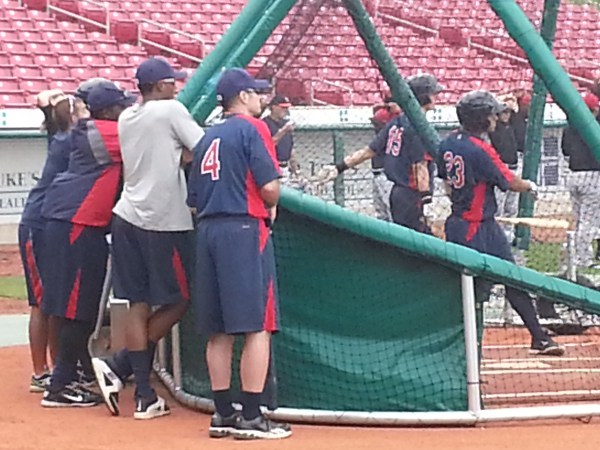
I mentioned that a lot is made about players having to transition to using wood bats and asked Molitor if he thought that was toughest thing about transitioning to the professional game for young players.
Molitor: Some of the collegiate kids have had a chance to play in wood bat leagues in the summer time.
A lot of times it’s a big transition just from maybe never having left home, particularly maybe never left your country and you have to try to claw your way in to professional ball and learn a system that particular organization teaches.
We don’t try to overwhelm them. We let them play a little bit in the beginning til we kind of get a feel for who they are and what they do, what they do well and what we need to improve on. But the transition can be tough, depending on the guy’s experience.
The college guys are usually better at understanding how to carry themselves and how to go about their business day to day.
Another change is that very few of these kids have played in seasons where there’s 140 games so it’s understanding how to maintain and prepare yourself to withstand the rigors of a professional season.
I asked if playing baseball in the upper midwest in April was difficult for players entering their first season of “full season” professional baseball.
Molitor: The guys from warm climates, whether its Florida, California, Texas or the Dominican or Puerto Rico, you throw them up here in April and it’s not only a culture shock, but the weather is something they really never had to play in those type of conditions.
So that’s a process. We see a lot of guys that haven’t had that experience start a little bit slower, just adapting to the weather itself.
I jokingly pointed out that Byron Buxton is a southern guy that didn’t seem to take long to adjust.
Molitor: He’s just a rare individual with a skill set that’s off the charts.
I saw him last year in instructional ball for a little bit and you could see the rawness of a high school kid, but somehow this winter I think he put a lot of time in to conditioning and preparation. He was much more advanced this spring than I expected him to be and he’s been able to carry it undoubtedly in to the first 9-10 weeks of the season.
You know, he’s got things to work on I’m sure. I’m looking forward to seeing him now compared to even two months ago. Over the next five days. I’ll be watching particularly how he handles himself on the basepaths.
On a professional grading scale of 2-8, he’s an 8 runner and I haven’t for the past three decades seen many players that can compete with him in terms of just raw speed. Now how he can translate that in to base stealing is going to be the key.
Obviously, this year he’s had over 30 attempts. He’s been caught some, but he’s been fairly successful for a young guy and probably in some ways, in this league, he’s been outrunning the ball.
There’s two parts of base stealing: The mechanical, finding the best way to get your body to accelerate from a standstill position; and then there’s the mental side of understanding how they’re trying to slow you down and picking good pitches, good counts, reading pitchers pick-off moves, all those type of things.
A lot of times, when you get caught is when you should learn the most. Whether you didn’t get a good jump or you ran on a pitch out or you didn’t anticipate the guy going home or you were tentative. There’s a lot of ways to learn to get better. So it’s a process. The more you do it, the better you get at it.
We’re glad to see he’s out running. At least not having fear in athat area to this point.

I asked Molitor for his thoughts on Kernels third baseman Travis Harrison, who is still somewhat learning the position.
Molitor: Ive been around him some, mostly spring traning and instructional ball. I’m sure there’s some adaption for him going on.
He has relatively good hands. I think his footwork is something that needs to be improved. Being so close in proximity to home plate, you don’t have a lot of time to react to get your body in position to catch the ball. The better he can get control of his feet and be in the right spot, his hands are going to be OK.
Throwing, he’s had some issues at times with consistency. He’s a little bit mechanical, but I think he’s learning that if he doesn’t try to guide the ball and throws it, he’s better off.
So those are areas where we expect young kids to make errors and just like the baserunning, when you make mistakes, you figure out why and hopefully you can make adjustments.
I asked for Molitor’s thoughts concerning the defensive progress at third base of Harrison, as compared to Miguel Sano (this was a couple of days prior to Sano’s promotion to AA).
Molitor: I think that’s a fair question.
We’re all hoping that Sano, who’s a little farther along in the organization and in growth, in terms of getting close to the Major Leagues. Not unexpectedly, he made a ton of errors last year, his first year of being a third baseman in a full season and it was a plethora of mistakes.
It was misreading balls, it was rushing balls, it was throwing balls he shouldn’t have thrown. Trying to force an out when it wasn’t there.
But having seen him twice already this year, he’s made maybe a dozen errors so far and a lot of them are similar things.
But he’s been very diligent and asking for extra work and trying to correct mistakes.
I’m hoping his future is as a third baseman.
Travis, it’s a little bit early to see how it pans out. A lot of times, you can play three or four years in the minor leagues and then you get to the Big Leagues and there’s no room in that position and all of a sudden you’ve got to maybe transition. So you kind of hope that you get these guys a little bit more well-rounded. As far as their strength position, you want to try to see them develop that the most.
After the game on Monday, a Kernels win that was broadcast back to the Twin Cities on Fox Sports North, I asked Molitor about his impressions after having spent five days with the Kernels in Cedar Rapids.
Molitor: Well it was good to see them bounce back after three tough losses.
I feel like we got some things accomplished with some of the infielders defensively.
It was good to see (Candido) Pimentel back out there today. He had a better day. He still had one play where he got a little anxious about turning his back to the runner and he didn’t keep his eye on the ball and that’s kind of one of the things he’s got to work on is just catching the ball and understanding the speed of the baserunners on the play.
And then with baserunning, we had some guys out working on their jumps today and they’ve been aggressive trying to steal, so I’m pleased with that.
But yeah, I had a lot of fun seeing these guys and kind of seeing where they’re at at this point in the season and hopefully I’ll get a chance to get back and see them again.
Since Molitor had indicated he would be working with Byron Buxton on his base stealing, I asked if we should blame him for Buxton being picked off first base during Monday’s game (yes, I was kidding).
Molitor: You can blame me for that if you want. The (pitcher) did a nice job of holding the ball. I think he kind of built a little tension. The longer the guy holds it, you really have to concentrate on staying relaxed and he might have given him a little bit of a balk move, but that’s, again, learning time.
A hitter can help your baserunner out when he’s holding the ball. Call a time out, things like that. But that’s how you learn.
I asked for Molitor’s impression of Jorge Polanco, specifically whether he thinks Polanco can stick at shortstop.
Molitor: You know, I’ve seen him a fair amount and his arm’s probably competent at short but I still think he probably profiles a little better at second base in the long run.
Working on his footwork a little bit. He can get a little false step on his breaks to the ball and it seems like balls you think he might have a chance to get he comes up a little bit short. So we’ll try to improve his range a little bit and give him a chance.
At 19, it’s certainly too early to close the book on any one position.
Offensively, he’s just getting a little bit stronger and he’s got nice loose hands at the plate and being a switch hitter is generally to his advantage.
But I keep trying to keep them versatile in the middle of the field and hopefully one of the positions will pan out. But I have a feeling probably second base in the long run.
Since we had discussed third baseman Travis Harrison earlier, I asked if he had any final impressions of Harrison.
Molitor: He’s got a great attitude about work ethic and he wants to get better.
I think the main thing for him is going to continue to work on his footwork so his range is competent to stay over there, too. But his throwing’s improved. He’s a lot more accurate. I think he’s comfortable over there.
He’s still feeling for positioning a little bit. Sometimes I catch him maybe not quite in the right spot. There’s a reason you are where you are on every pitch and I think he’s learning that and trying to take some pride in it.
It was a pleasure to talk a little baseball with Paul Molitor and I appreciate him taking the time to answer questions. I think the thought he put in to his comments clearly demonstrates just how seriously he takes his work with the Twins’ young players and how much he enjoys doing what he’s doing. – JC


